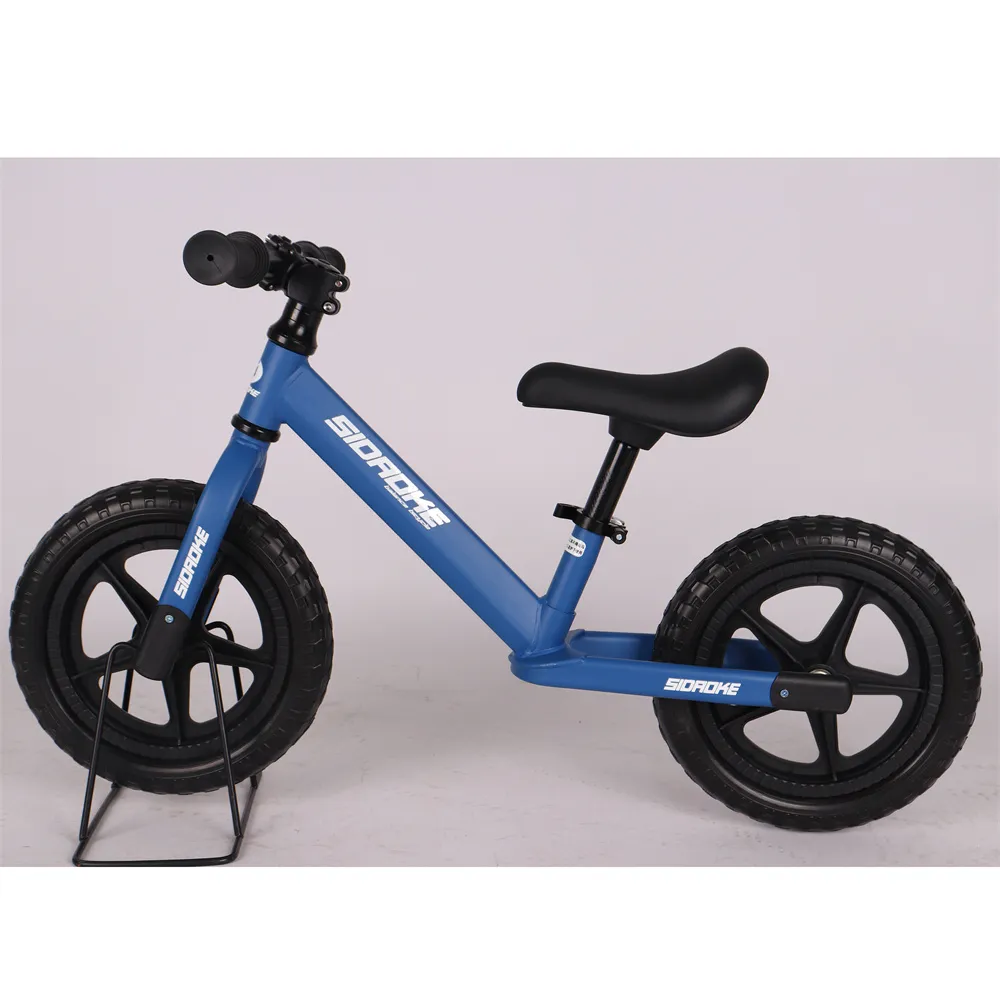kids balancing bike
The Benefits of Kids' Balancing Bikes A Pathway to Early Cycling Skills
In recent years, balancing bikes have gained popularity among parents looking for the best way to introduce their kids to the world of cycling. These unique two-wheeled contraptions eliminate the need for training wheels, allowing young children to focus on balance and steering from the very start. The concept is simple yet effective a balancing bike is designed without pedals, enabling toddlers and preschoolers to push themselves along with their feet while learning how to maintain stability, control speed, and maneuver effectively.
One of the key advantages of balancing bikes is their ability to enhance a child's balance and coordination skills long before they transition to a traditional bicycle. The act of gliding on the balancing bike instills a sense of confidence and control. When kids feel secure as they learn, they are more likely to enjoy the process. This enjoyment is crucial; it fosters a love for outdoor activities and physical exercise that can last a lifetime.
Moreover, balancing bikes allow children to learn at their own pace. Unlike traditional bicycles with training wheels, which can sometimes give a false sense of stability, balancing bikes encourage kids to develop their balance naturally. As they propel themselves forward, they quickly learn to lift their feet off the ground, gradually mastering the skill of balancing on two wheels. This organic progression helps reduce the fear and anxiety often associated with learning to ride a bike, making the experience enjoyable rather than daunting.
Safety is a primary concern for parents, and balancing bikes are designed with this in mind. They are typically lighter than traditional bicycles and feature lower frames, enabling children to easily touch the ground with their feet. This design not only allows for a quick stop but also gives young riders the freedom to dismount safely whenever they feel the need. The absence of pedals means fewer moving parts and less chance of injury from kicking or getting caught in the bike's mechanics.
kids balancing bike

In addition to balance and safety, riding a balancing bike also promotes physical fitness. As children push themselves forward, they engage their muscles and improve their cardiovascular health. This form of active play encourages kids to spend more time outdoors, promoting an active lifestyle that contrasts the sedentary habits often seen with screen time.
Furthermore, balancing bikes can serve as an excellent tool for social interaction. When children ride together, they develop critical social skills as they navigate sharing, taking turns, and group dynamics. Whether at a local park, in their backyard, or on neighborhood streets, kids learn teamwork and communication while enjoying the thrill of riding alongside their friends.
It is also worth mentioning that transitioning from a balancing bike to a regular bicycle is often smoother than with traditional bikes. Many children who start on balancing bikes find themselves confidently riding a pedal bike with little assistance. Studies have shown that the average age for mastering two-wheel riding on a balancing bike is much lower than those who rely on training wheels.
In summary, kids' balancing bikes provide a fantastic foundation for children to develop essential skills such as balance, coordination, and confidence while fostering a love for cycling. They promote safety, offer an engaging way to stay active, and encourage social interactions. As parents consider options for their children’s first introduction to cycling, balancing bikes emerge as a smart choice, paving the way for a healthy, enjoyable, and fulfilling biking experience in years to come. Investing in a balancing bike is an investment in your child's future adventures on two wheels.
-
kids-scooter-tiny-olympic-games-scooterathlonNewsAug.22,2025
-
kids-scooter-waves-xingtai-zhongzhous-global-rippleNewsAug.22,2025
-
baby-tricycle-oem-legacy-zhongzhou-forgedNewsAug.22,2025
-
xingtais-twin-tricycle-revolution-siblings-ride-togetherNewsAug.22,2025
-
baby-tricycle-design-inspired-by-ancient-armorNewsAug.22,2025
-
nfc-chip-enabled-oem-baby-tricycle-trackingNewsAug.22,2025
-
The Perfect Baby TricycleNewsAug.11,2025








